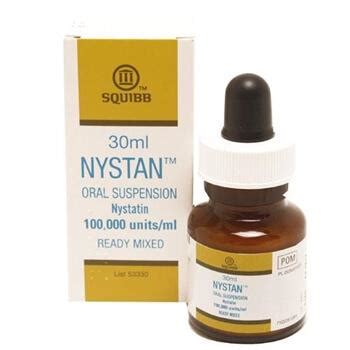Applying an over-the-counter (OTC) corticosteroid cream can be an effective way to manage various skin conditions, such as eczema, dermatitis, and allergic reactions. Corticosteroids work by reducing inflammation, which in turn alleviates symptoms like redness, itching, and swelling. To use OTC corticosteroid creams effectively and safely, follow these steps and guidelines:
1. Understand Your Condition
Before applying any medication, it’s crucial to understand your skin condition. Corticosteroid creams are generally used for inflammatory skin conditions. If you’re unsure about your condition, it might be helpful to consult with a healthcare professional for a proper diagnosis.
2. Choose the Right Strength
OTC corticosteroid creams come in different strengths, classified from Class I (strongest) to Class VII (weakest). For most minor skin irritations, a Class V, VI, or VII (hydrocortisone cream) is sufficient and safe for self-treatment. However, if your condition is more severe or doesn’t improve with the lower-strength creams, you might need a prescription for a stronger corticosteroid.
3. Apply Correctly
- Wash Your Hands: Before and after applying the cream, wash your hands to prevent the spread of infection.
- Clean the Area: Gently wash the affected skin area with mild soap and lukewarm water. Pat it dry.
- Apply a Thin Layer: Apply a thin layer of the corticosteroid cream to the affected area. Be careful not to apply too much, as this can increase the risk of side effects without adding extra benefit.
- Frequency: Follow the instructions on the label for how often to apply. Typically, this is 1-2 times a day. Do not use more than directed.
4. Monitor and Adjust
- Duration of Use: Do not use OTC corticosteroid creams for more than 7-10 days without consulting a doctor. Prolonged use can lead to side effects such as skin thinning, easy bruising, or changes in skin color.
- Response to Treatment: If your condition improves, continue as directed. If it worsens or doesn’t improve after 7-10 days, consult with a healthcare professional. They may need to prescribe a stronger corticosteroid or an alternative treatment.
5. Precautions and Side Effects
- Possible Side Effects: Common side effects include burning, itching, irritation, or dryness where the cream is applied. More serious side effects can occur with prolonged use, such as skin thinning or discoloration.
- Sensitive Areas: Be cautious when applying corticosteroid creams to sensitive areas like the face, armpits, or groin. These areas are more prone to side effects.
- Pregnancy and Breastfeeding: If you’re pregnant or breastfeeding, consult your doctor before using any corticosteroid cream, as some may not be safe for use.
6. Combination Therapy
Sometimes, your doctor might recommend using a corticosteroid cream in combination with other treatments, such as moisturizers or topical immunomodulators, to enhance effectiveness or reduce side effects.
7. Storage and Disposal
Ensure you store your corticosteroid cream as directed on the packaging, typically at room temperature, and keep it out of reach of children and pets. Dispose of any unused medication according to local regulations.
FAQ Section
Can I use OTC corticosteroid creams on children?
+While OTC hydrocortisone cream can be used on children for short periods under adult supervision, it's crucial to consult with a pediatrician first, especially for prolonged use or on sensitive areas.
How often should I apply OTC corticosteroid cream?
+Follow the instructions on the label, usually once or twice daily. Applying more frequently does not necessarily improve results and may increase the risk of side effects.
Can I use OTC corticosteroid creams for prolonged periods without consulting a doctor?
+No, prolonged use of OTC corticosteroid creams can lead to serious side effects. If you need to use these creams for more than 7-10 days, consult with a healthcare professional for guidance and possible prescription of a different strength or alternative treatment.
By following these guidelines and taking precautions, OTC corticosteroid creams can be a valuable resource in managing skin conditions. Always prioritize consulting with a healthcare professional if you’re unsure about the best treatment for your specific condition.



